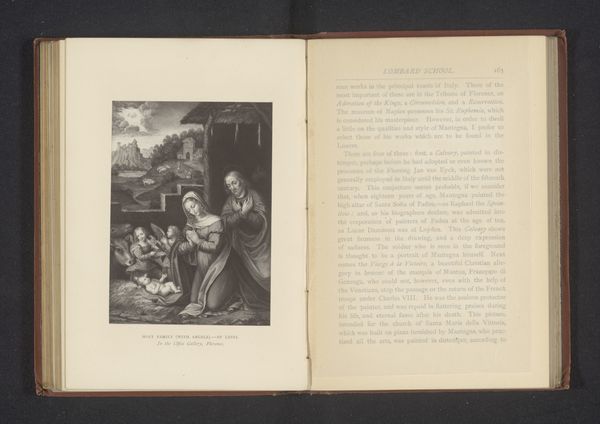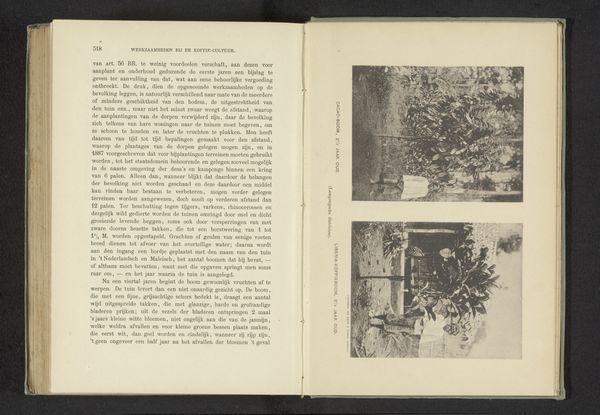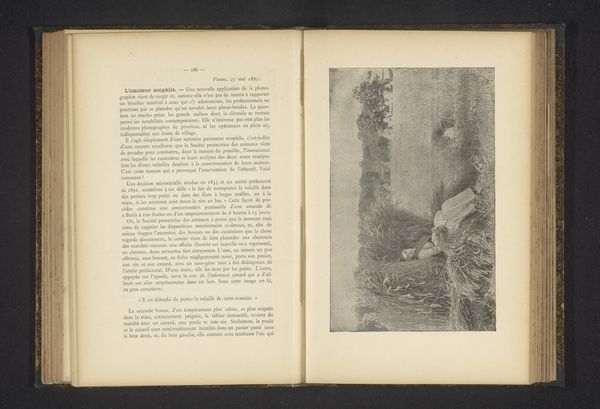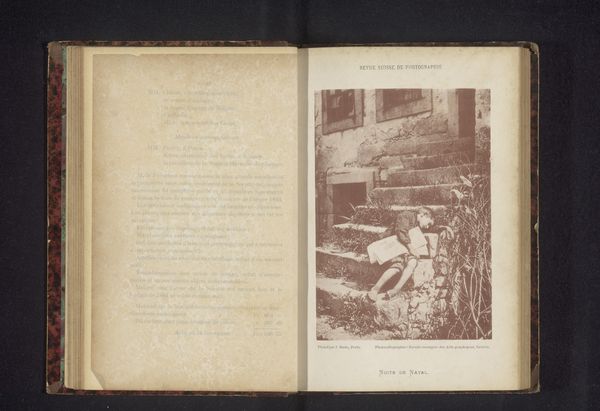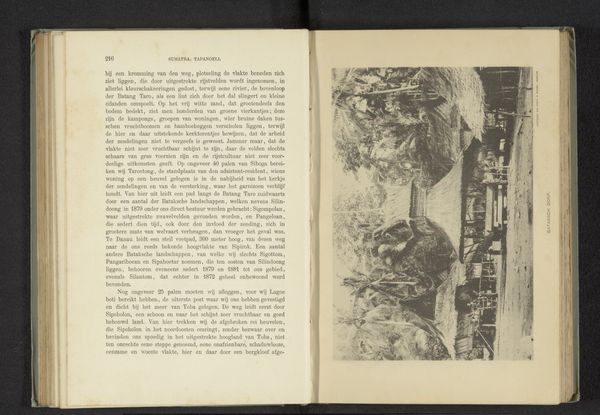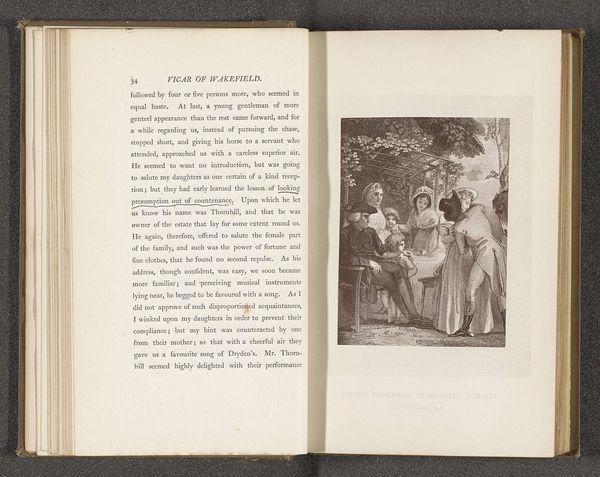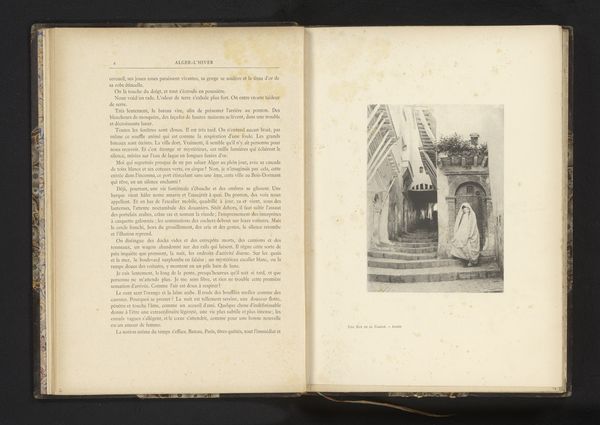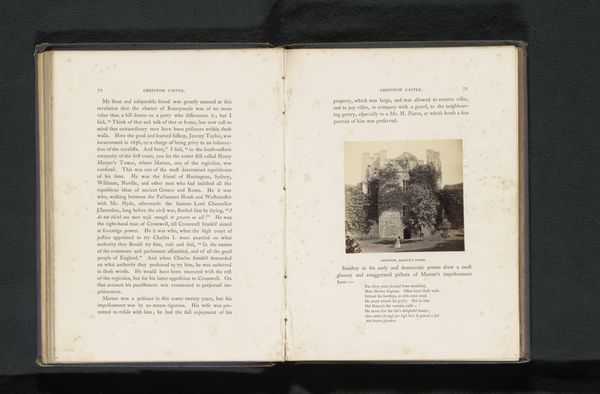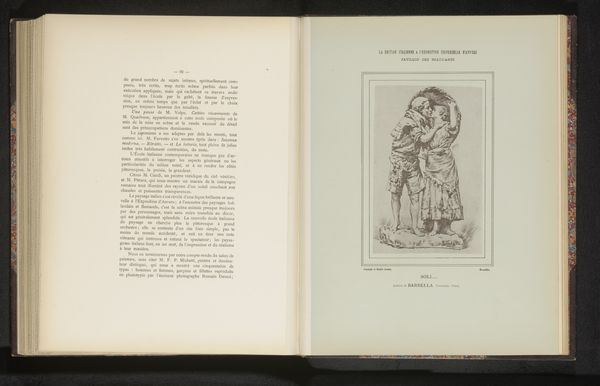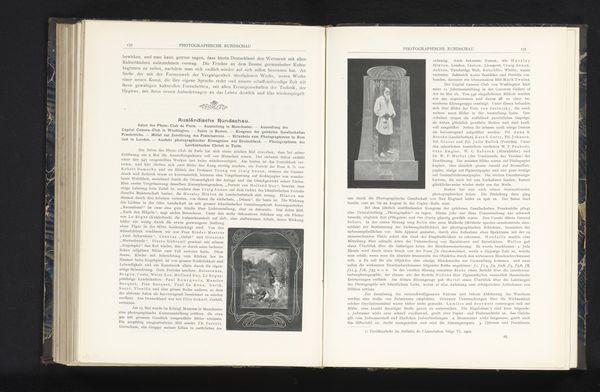
print, photography, gelatin-silver-print
#
still-life
# print
#
landscape
#
german-expressionism
#
photography
#
gelatin-silver-print
#
modernism
Dimensions: height 126 mm, width 162 mm
Copyright: Rijks Museum: Open Domain
Editor: So, this piece is a gelatin silver print from before 1921 called "Onbekende vrouw met drie kinderen op een veranda" by Heinrich Kuhn. The starkness of the black and white gives it a rather somber feel, and I'm immediately drawn to the materiality of the silver print. What stands out to you about this work? Curator: Considering its context, let's examine the social and material conditions that produced this photograph. The gelatin silver print, a widely used process, allowed for mass reproduction and dissemination of images, making photography more accessible. But what stories do the materials themselves tell us about labour and its relation to consumer culture? Who produced the materials, where and under what conditions? These elements are just as significant as the artistic choices involved. Editor: That's fascinating. So, you are more interested in how the photograph came to be made, rather than necessarily the aesthetic value of the image? Curator: Not necessarily! I think we should question such traditional divisions. The image itself cannot be detached from its making. For instance, why this technique over another? Is there something in this printing process that speaks to how images are perceived in this period and also today? What does this technique facilitate about the photograph's journey as an item that is eventually consumed by people? The "ordinary" and its massification by means of chemical-mechanical processes. Does this reveal particular historical social dynamics? Editor: I see. I hadn’t really considered photography in those terms before. So, by looking at the materials and the means of production, we gain a deeper understanding of the social implications of art. Curator: Exactly. Understanding the labour involved challenges notions of authorship and skill. We are forced to recognize these things and understand production from start to finish as it pertains to cultural and art historical perspectives. Editor: That gives me a lot to think about. Thanks for broadening my perspective on this image. Curator: My pleasure! I am delighted that we got the chance to consider these things together.
Comments
No comments
Be the first to comment and join the conversation on the ultimate creative platform.
